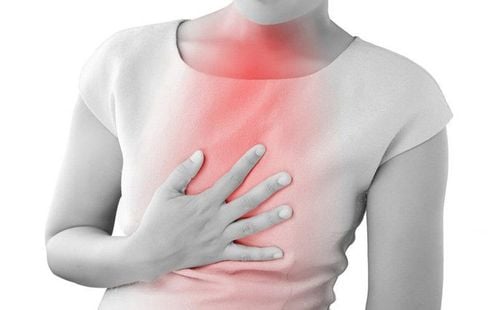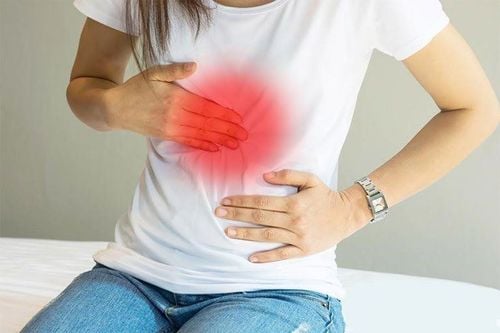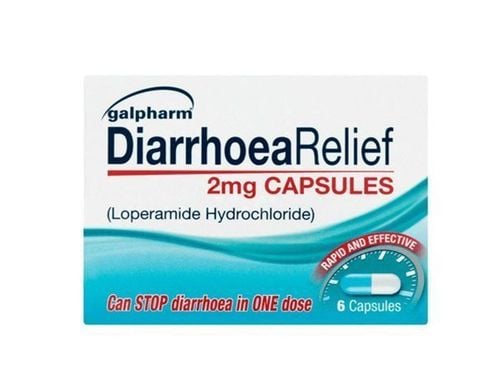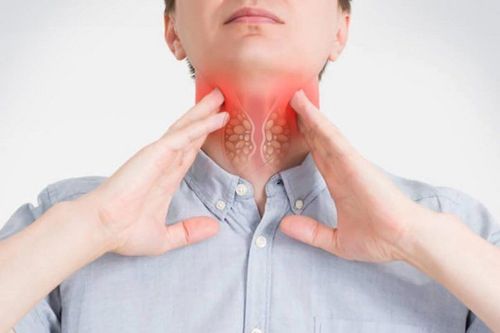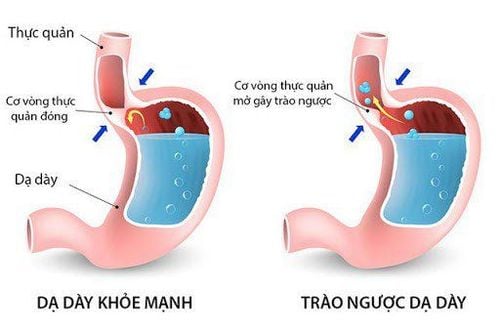This is an automatically translated article.
The article was professionally consulted by Specialist Doctor I Le Thi Nha Hien - Internal Oncologist - Department of Medical Examination & Internal Medicine - Vinmec Nha Trang International General Hospital.Treatment for esophageal cancer depends on factors including the size, location, spread of the tumor, and the patient's general condition. Measures are commonly used to control cancer, reduce symptoms, and improve quality of life for patients. Esophageal cancer is the 8th most common cancer in the world and has the poorest prognosis because when clinically detected, the tumor is often at an advanced stage. In Vietnam, for gastrointestinal cancer, esophageal cancer is behind colon and stomach cancer.
1. Esophageal cancer treatment
Surgery: This is the most commonly used method in the treatment of esophageal cancer. Depending on how far the cancer has spread, surgery can be to remove part or all of the esophagus, adjacent lymphatics, and other tissues in the area. The rest of the esophagus will be connected to the stomach so that the patient can continue to swallow and consume food as usual. In some cases where the resection is so long, the anastomosis may be taken from a small bowel segment or a plastic tube. The surgeon can widen the junction between the stomach and the esophagus to make it easier for food to pass down the stomach. Radiation therapy: A method of using high-energy rays to destroy cancer cells. The radiation emitted can come from a radiotherapy machine (external radiation), or from a radioactive substance that is placed into the tumor (internal radiation). To facilitate radiation therapy, a plastic tube is inserted to help keep the esophagus open. Radiation therapy can be used alone or in combination with chemotherapy as an initial alternative to surgery, especially when the tumor is large and in a difficult location for surgery. Radiation therapy can help relieve pain and make it easier for patients to swallow.Chemotherapy: Applied for advanced or metastatic stages. The method of using anti-cancer chemicals to destroy cancer cells. The chemicals are injected into a vein according to the circulatory system that circulates throughout the body. Chemotherapy can be combined with radiation therapy as an initial treatment in place of surgery / to reduce the size of the tumor before surgery. Laser Treatment: A method that uses high-energy light to destroy cancer cells. Laser therapy only affects cells in the treated area, destroying cancer tissue and releasing the blocked area of esophageal cancer, helping to relieve symptoms of dysphagia. Photodynamic therapy: Using some specific drugs that are absorbed mainly by cancer cells. When a special type of light is shined on these cells, the drugs will become active and kill cancer cells. This method also works to reduce symptoms of difficulty swallowing of esophageal cancer. In addition, in some cases, it is necessary to combine multimodal treatment (combination of many treatments), symptomatic treatment for patients who cannot tolerate surgery, chemotherapy, or radiation therapy such as: Esophageal stents, palliative care... Patients can also choose new methods of treating esophageal cancer recommended by their doctors. In it, doctors will compare the effectiveness of treatment measures by classifying patients, a group of patients treated with a new method, a group of patients treated with conventional methods (treatment standard). Comparative results can help doctors recommend the most effective treatment.

2. Side effects during - after the treatment process
Responses often vary depending on the type of treatment and the individual patient site. Doctors will explain the side effects before treatment and suggest measures to help relieve these symptoms. Specifically:Surgery: During surgery, the patient may feel pain and increased sensation for a short time. However, the condition can be controlled with certain medications. Radiation therapy: May adversely affect healthy cells and cancer cells. The side effects of radiation therapy more or less depend on the treatment area and the dose of treatment. Usually, radiation therapy patients often experience symptoms of dryness, sore throat, mouth, difficulty swallowing, swollen gums, fatigue, and skin changes at the site of radiation therapy. Patients may lose their appetite while eating. Chemotherapy: Like radiation therapy, chemotherapy can affect normal organs in the body. Side effects depend mainly on the treatment drug and the therapeutic dose. Patients may experience symptoms such as nausea, vomiting, decreased appetite, hair loss, skin redness, erythema, pain in the lips and throat. More serious are complications on the hematopoietic system such as anemia, fever, agranulocytosis... These symptoms will gradually decrease during the course of recovery between treatments or after the course of treatment ends. Laser Treatment: The patient may feel some pain for a short time during the treatment but this can be controlled with medication. Photodynamic therapy may increase skin and eye sensitivity to light after 6 weeks of treatment or longer. In addition, patients may experience cough, difficulty swallowing, abdominal pain, pain when breathing, or feeling short of breath after receiving treatment.
3. Follow-up after treatment for esophageal cancer

Patients should be closely monitored for weight, ability to swallow, and sensation of swallowing. In case of need, the doctor may order blood tests, endoscopy, biopsy or CT.
In addition, the side effects after treatment are also concerns of doctors and patients. Dangerous complications should be monitored such as stenosis, anastomosis, pneumonia, mediastinitis.
Autologous immunotherapy, which has been applied in Japan since 1990, has now been introduced into the treatment of cancer patients, including esophageal cancer, and has been applied at the National General Hospital system Vinmec economy.
This treatment helps strengthen the body's immune system to fight cancer cells. Specifically, increasing the effectiveness of cancer treatment when combined with classic treatments (chemotherapy, radiation therapy, surgery) up to 21 - 31%. The therapy helps strengthen the body's immune system, thereby reducing chronic fatigue, reducing the risk of other illnesses such as flu, sore throat, bronchitis, pneumonia, ... cancer patient.
Therapy causes less side effects during treatment. There is no pain for the patient because the immune cells are taken directly from the patient's own stem cells. When infused into the body can cause fever or pain but with a very low rate < 1%.
Doctor Le Thi Nha Hien has many years of experience in the field of examination and diagnosis of oncological diseases and methods of chemotherapy, targeted therapy and palliative care. Currently, the doctor is working at the Department of Examination & Internal Medicine - Vinmec Nha Trang International General Hospital.
Please dial HOTLINE for more information or register for an appointment HERE. Download MyVinmec app to make appointments faster and to manage your bookings easily.





